The exhibition offers the public a clear perspective on the development of Vietnamese fonts. Photo: Thu Ha/VNA
In the last days of May, when coming to the Library of the University of Languages and Civilizations (BULAC) in Paris, the French public will have the opportunity to admire some ancient publications in Vietnamese Quoc Ngu script.
This is the first time publications in ancient Vietnamese fonts have been introduced within the framework of the exhibition “National language, a fundamental factor in the innovation of Vietnamese culture from 1860 to 1945.”
The first Vietnamese novels in Western style such as Mr. Lazaro Phien by Nguyen Trong Quan published in 1887, or The Story of Old Life (1866); famous literary works translated from Chinese and French such as Romance of the Three Kingdoms translated by Phan Ke Binh and Nguyen Van Vinh and published in 1909, The Bastards (later retranslated as The Miserables - 1926), The Three Musketeers (1927); the first issues of Gia Dinh newspaper published in July 1865, or Nam Phong magazine (1923); dictionaries, Vietnamese language teaching books, and even the poems Kim Van Kieu or Luc Van Tien ... about more than 20 ancient works, all printed in Quoc Ngu script, were displayed for the first time at BULAC library.
These are representative publications from more than 1,000 publications collected by the BULAC library during the first development period of the Quoc Ngu script in the late 19th century and the first half of the 20th century, selected to be widely introduced to the French public at the exhibition entitled "The Quoc Ngu script, a fundamental factor in the renewal of Vietnamese culture from 1860 to 1945," open until May 31.
According to Dr. Nguyen Thi Hai, in charge of exhibitions and coordination of Southeast Asian documents at the BULAC library, the Vietnamese font of BULAC is one of the oldest fonts collected and preserved in France.
She said that Vietnamese language had been taught in Paris since 1869 in free classes at Sorbonne University. It was not until 1871-1872 that this subject was officially taught at the School of Oriental Languages, now the National Institute of Oriental Languages and Civilizations (INALCO).
The work Luc Van Tien in Quoc Ngu script printed in 1883. Photo: Thu Ha/VNA
At that time, the school had links with many scholars in South Vietnam such as Truong Vinh Ky, Truong Minh Ky, etc. to bring Vietnamese publications, books, stories and newspapers to France.
By the early 20th century, the French government supported the dissemination of the Quoc Ngu script, so many Vietnamese publications were collected at the Inter-University Library of Oriental Languages (BIULO), the East Asian Language and Civilization Training and Research Agency (LCAO) and the French School of the Far East (EFEO).
These collections were later transferred to BULAC. As a result, this library became one of the largest and oldest Vietnamese font collections in France, with a collection of up to 13,000 titles (16,500 books), especially more than 9,000 titles in Vietnamese, as well as about 100 newspapers and academic journals, of which about 20 are still in circulation today.
In addition, BULAC library also received nearly 100 documents in Han Nom script, mainly literary works, collected from the BIULO library collection and some others from donated personal collections, including 2 editions of the famous epic "Truyen Luc Van Tien" published in both Han Nom and Quoc Ngu in 1874 and "Kim Van Kieu Story" in 1871.
According to the BULAC library, in the context of the upheaval caused by the colonial regime, Vietnam was the only Asian country to abandon the use of Han Nom hieroglyphs, officially switching to a new writing system based on Latin characters. This writing, called Quoc Ngu, was the result of a 17th-century collaboration between European missionaries and early Vietnamese Christian scholars, aiming to facilitate the spread of the gospel.
In the 19th century, the difficulty of printing hieroglyphic type using xylography contributed to a fundamental change in writing in Vietnam.
Soon after the conquest of Cochinchina, the establishment of French colonial rule promoted the use of Latinized Vietnamese for administrative and political purposes. The replacement of Han Nom with Quoc Ngu was proposed and approved, and the development of this new way of writing Vietnamese led to important cultural changes.
Vietnamese publications in Quoc Ngu then flourished from 1870. Evidence of this is the mass publication of transcriptions and translations of ancient works, dictionaries, language guides, short stories, and novels by the colonial government, Christian scholars, and more broadly a newly emerging elite.
Some ancient Vietnamese publications are on display at the BULAC library in Paris. Photo: Thu Ha/VNA
Dr. Nguyen Thi Hai added that although the development of the Quoc Ngu script initially received strong encouragement from the French government, Vietnamese scholars and intellectuals at that time did not really support this.
However, by the early 20th century, they realized that the National Language script opened up opportunities to access new liberal ideas and Western knowledge, which could help Vietnam find its way to independence and build a modern nation. Therefore, they made great efforts to develop the National Language script by writing articles, translating books, writing stories, spreading Western ideas and the National Language script, contributing to creating a new literary movement, helping the National Language script become the written language, and also the official language of Vietnamese literature and culture today.
Easy to read and write, Quoc Ngu was accepted and used more and more by the Vietnamese people. Its spread through modern press and literature created a real turning point in Vietnamese history.
Talking to reporters, Mr. Benjamin Guichard, Director of BULAC Library Science, did not hide his pride in his library. He said that BULAC was established in 2011, gathering more than 1.5 million documents and publications of 350 languages and 80 writing systems in the world.
He shared: “This is the only library in France, even in Europe, that collects documents from more than 350 languages in the world . All the writing systems kept in the library were collected from the mid-19th century. This year the library celebrates the 150th anniversary of the formation of this huge collection of languages, literature, civilizations and knowledge.
A corner of the space for books, newspapers, and research documents about Vietnam at the BULAC library. Photo: Thu Ha/VNA
Among the documents we have, the Vietnamese collections are among the oldest in Asia. Dating back to the mid-19th century, they are closely linked to Vietnam’s colonial history, to the history of French domination, to the exchange between Vietnamese and French scholars, represented by very rare documents, among the first Vietnamese texts printed in Latin characters in the late 19th and early 20th centuries.”
Mr. Benjamin Guichard also added that this rich Vietnamese font treasure has attracted many experts, scholars, researchers and students to come and find research materials about Vietnam, as well as to study ancient documents and literary publications written in Han Nom and Quoc Ngu scripts.
For decades, BULAC has maintained the collection of documents in Vietnamese fonts. Each year the library purchases about 200 books in Vietnamese to update new research on Vietnam.
These documents, mostly collected in Vietnam, but also many documents come from Russia, France, the United States or from other countries in the world. Mr. Benjamin Guichard expressed his desire to receive more original Vietnamese publications, on diverse topics, to enrich the Vietnamese background at the BULAC library.
VNA
Source


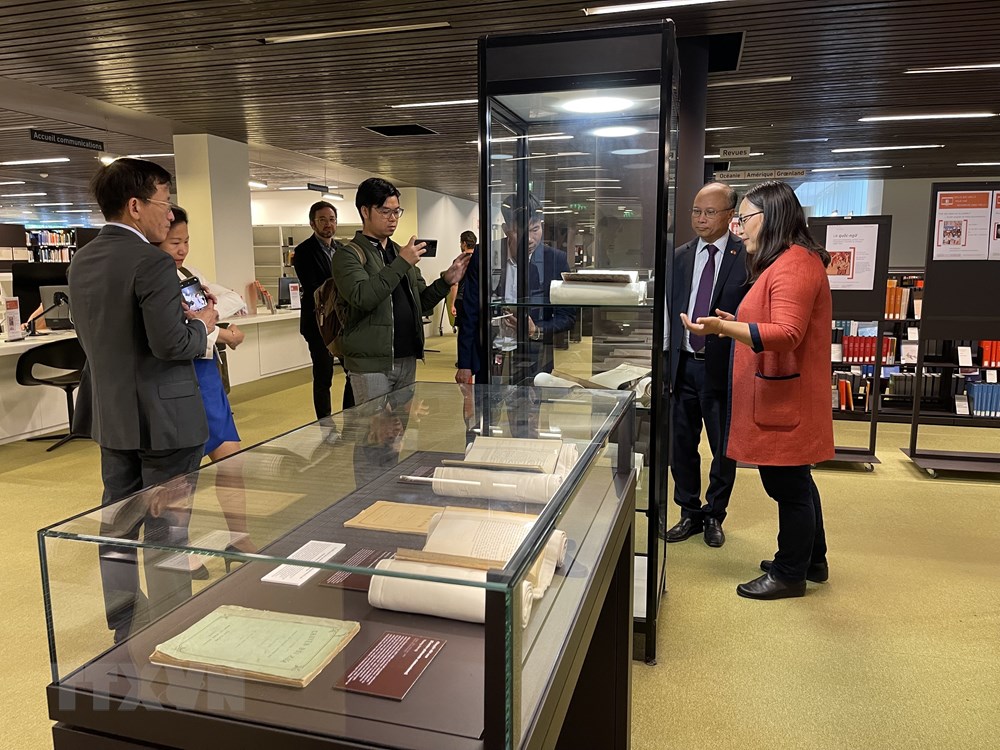
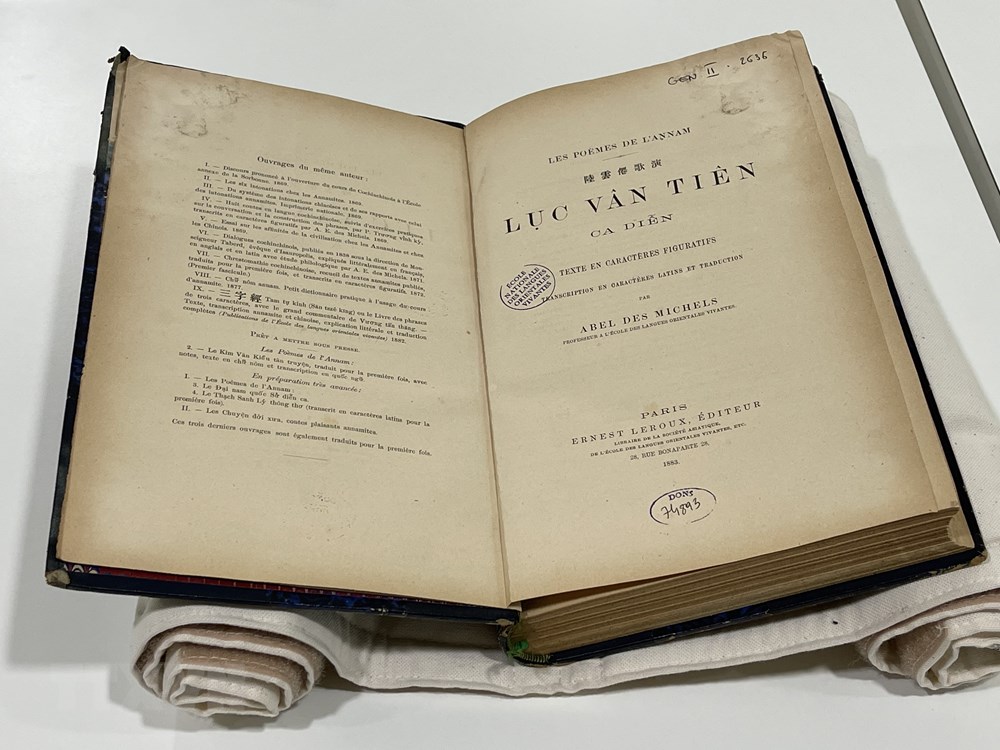
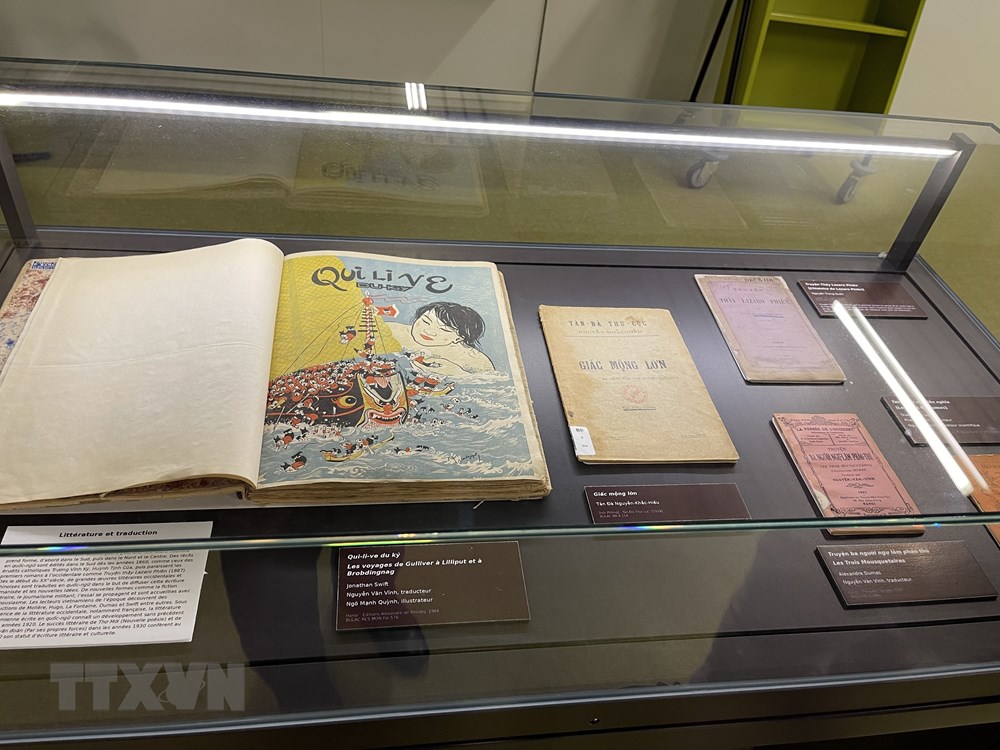
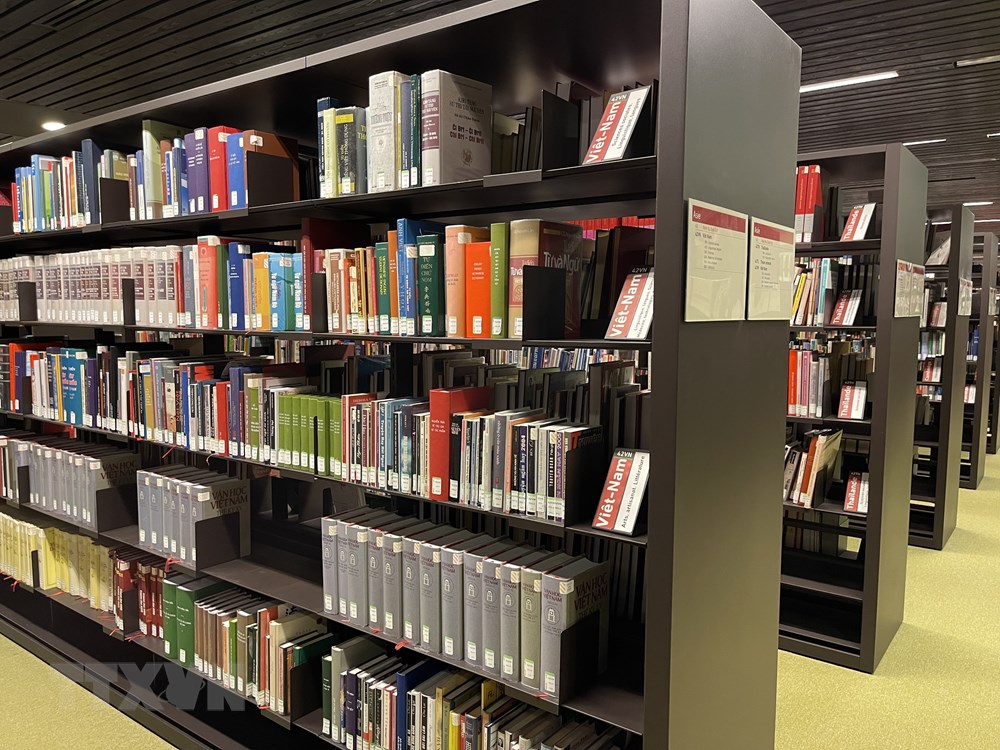
![[Photo] The "scars" of Da Nang's mountains and forests after storms and floods](https://vphoto.vietnam.vn/thumb/1200x675/vietnam/resource/IMAGE/2025/11/13/1762996564834_sl8-jpg.webp)








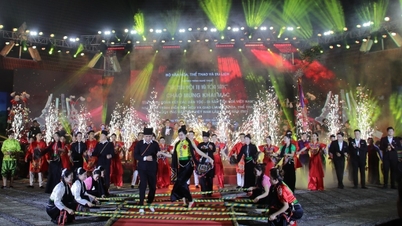














![[Photo] Prime Minister Pham Minh Chinh attends a conference to review one year of deploying forces to participate in protecting security and order at the grassroots level.](https://vphoto.vietnam.vn/thumb/1200x675/vietnam/resource/IMAGE/2025/11/12/1762957553775_dsc-2379-jpg.webp)


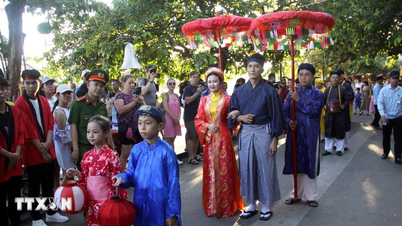

















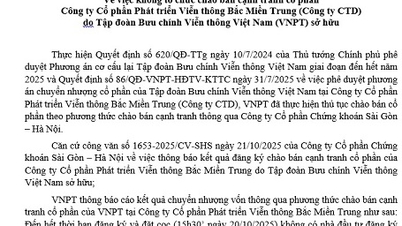






























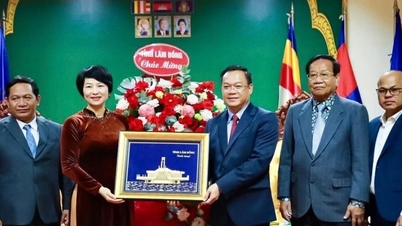









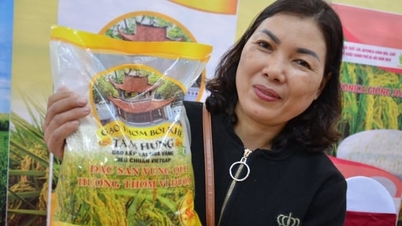


![Dong Nai OCOP transition: [Article 3] Linking tourism with OCOP product consumption](https://vphoto.vietnam.vn/thumb/402x226/vietnam/resource/IMAGE/2025/11/10/1762739199309_1324-2740-7_n-162543_981.jpeg)








Comment (0)